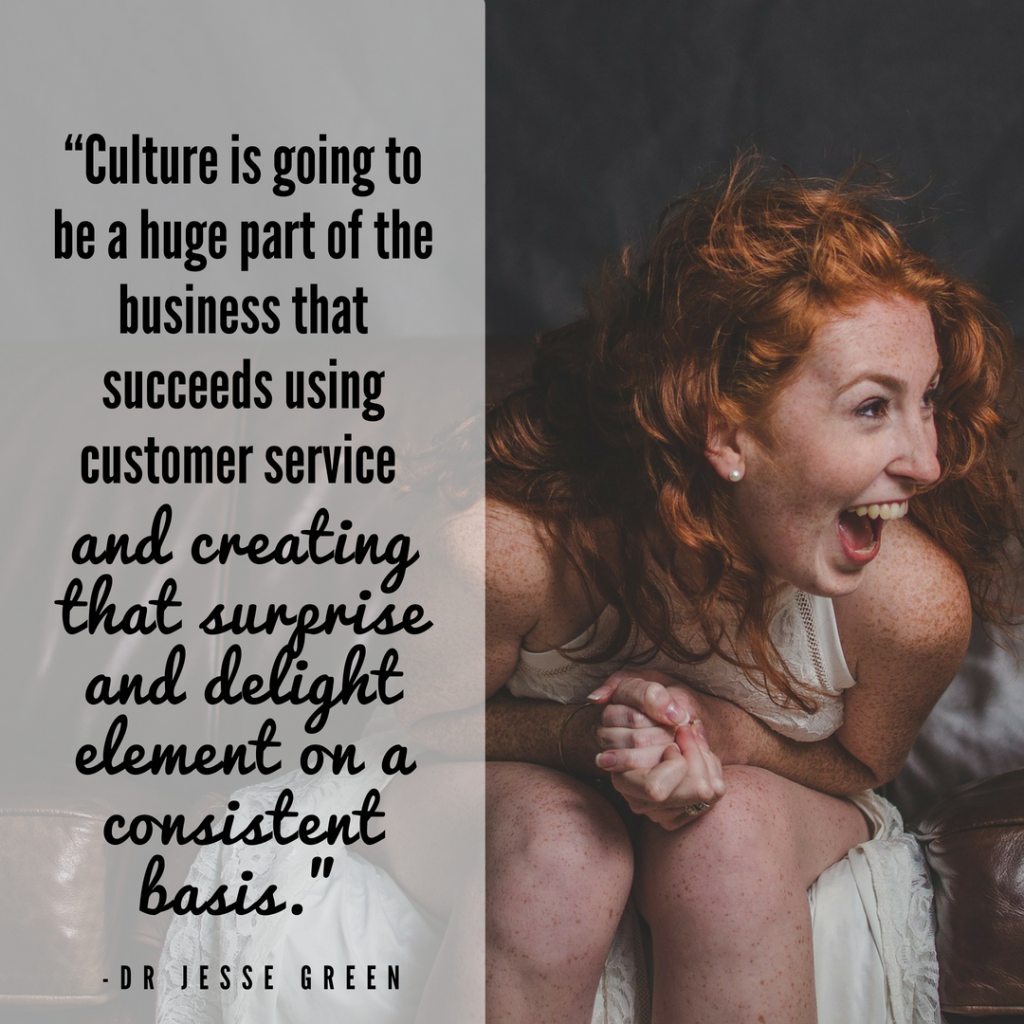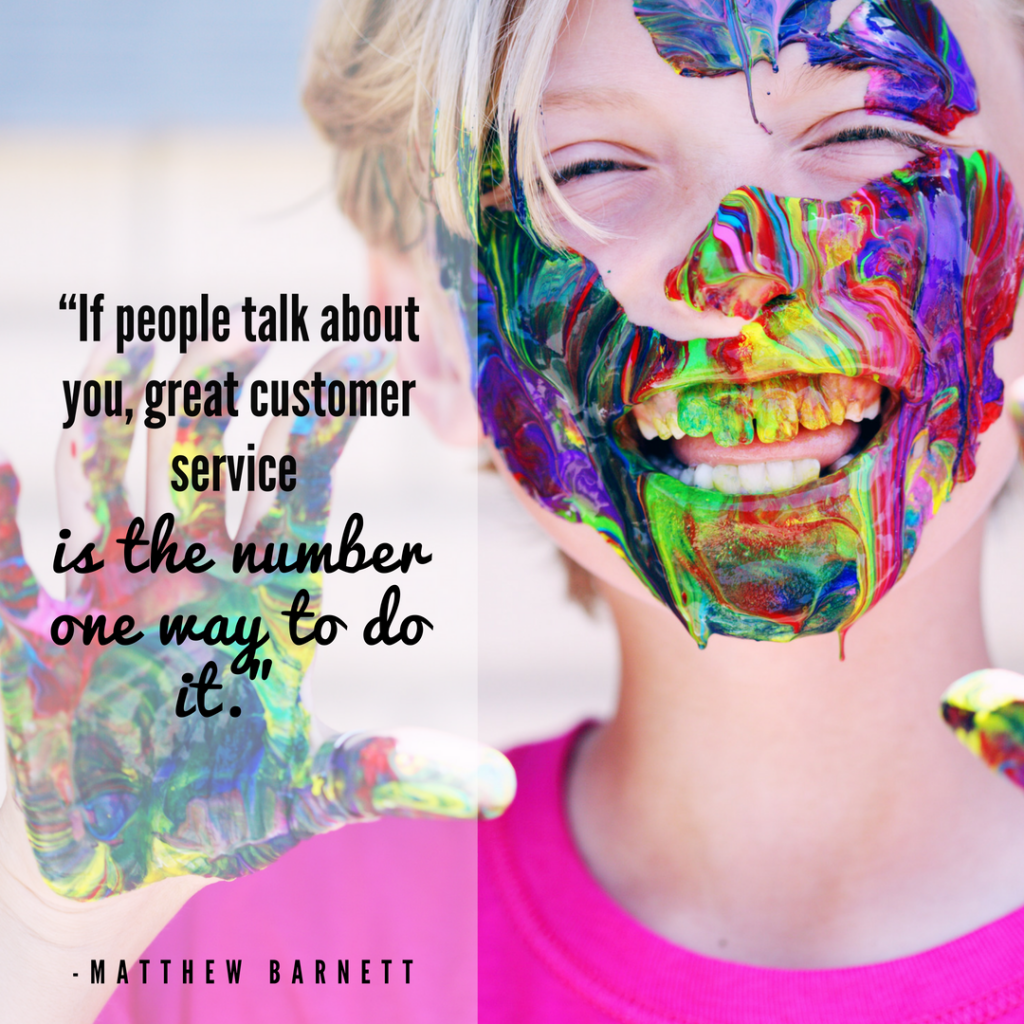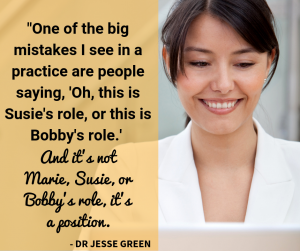If you own a dental practice, you probably have a similar dream to me. You want your dental practice to be successful – to the point where it can function without your constant input so you can go on vacation, spend some time with the family, and maybe even retire early one day.
However, often I find that the dentists that I talk to struggle to step away from the practice. When you are a business owner, it can be easy to feel like something constantly needs your attention. But the good news is that it doesn’t have to be like this.
There are three keys that can help you create a stable business. One you can take time away from and even turn around and sell for a tidy profit.
The three keys to creating an independent, stable dental practice are:
1) Financial clarity
2) Investing in a team of rock stars
3) Marketing with an eye toward retention
Let’s talk about each of these keys in a little more detail.
Financial clarity is about cash flow.
‘Profits’ is often the big buzzword dental practice owners will hear or think about when it comes to the financial success of their practice. But often, financial clarity can be summed up a little more simply.
Cash.
What’s it like in the bank? How did we get it? Can I take it out? Can I put it away? Should I invest it?
There are all sorts of questions around cash that can give you fast, helpful insight into the financial picture of your practice. Tracking cash and your awareness of how much you have, what’s coming in, and what’s coming out is going to offer so much insight. The business needs to make money and profitability is important, but cash is the oxygen of the business.
Buying another business, making an investment, hiring a new associate — all of these things might equal profits in the long run, but they can also result in a situation where you have tied up a lot of your cash, but there isn’t money flowing back to you yet. Businesses don’t die because there isn’t profit. Businesses die because there isn’t cash flow and the oxygen has stopped running to the heart, the lungs, and the brain of the business.
Setting yourself up with an expert in this are can really help you understand where your cash is coming from and where it is going. Creating the space to pay your bills, pay your taxes, and pay yourself without overdrawing your cash flow is imperative to creating a stable business.
Making an investment in a superstar team.
Figuring out the right staffing with a rock star team at the right compensation can be come a huge headache. There are so many variables to consider. How should I pay them? What should overtime be? Who’s a key person at the firm? Who do I really need?
One great way to start to get a handle on this is to go back to basics. Get yourself a piece of paper or open an Excel spreadsheet and write everyone’s name down their corresponding salaries. And then go through the list. Who is good? Who struggles? What is the value for the expense?
You will likely find that your staff begins to fall into different categories. You will likely have a few invaluable superstars, a few solid employees, and then maybe even one employee that struggle to match the rest in technical skills or fitting in with the office culture.
Managing different people on the team can take on different forms. When there is an employee that isn’t providing value, you might invest in additional training, decide to led the employee go, or the employee might quit. Often what happens is that the value provided by a superstar employee that’s very qualified justifies the added expense. Instead of attempting to train a struggling employee that makes $20 an hour, often with the right vision, hiring a future superstar employee at $27 an hour can work out better. When you break down the cost, it might only mean doing one more implant a month to cover the additional cost, but the value you see will pay off in spades.
Rather than seeing new superstar hires as an expense, we can learn to see them as an investment in culture, productivity, technical skills, and so forth.
Create a space for marketing with an eye toward retention.
The Internet and social media have changed the game. It’s no longer about taking out a few referring doctors for lunch. It’s about creating a holistic marketing plan that is more than just hiring a marketer and setting them loose.
My favourite question to ask people when I talk about marketing is, “How big would your practice be if you had kept every single patient that every walked through the door?” It usually raises an eyebrow.
The point I’m trying to make is that marketing without a retention strategy is like trying to fill up a cup when there’s a hole at the bottom. Creating an allocation within your budget for marketing and retention are keys to ensure that the business you create is one with high-earning lifetime patients that return to you again and again (and refer their friends and family).
When you know the value of a patient, the cost of winning a new patient, and your investment in your marketing, you can begin to ensure you are allocating your marketing budget effectively.
Final Words…
Now we’ve got our cash flow sorted. We’ve got a team that’s working harmoniously and productively. We’ve got marketing that’s going well that focuses on recruitment of new patients and retention of existing patients.
Once you get this right, you’ll find financial peace of mind. You’ll likely have more money in the bank. This is a great way to step away from hectic space where you are constantly investing your own time and labour without seeing any concrete return.
A dental practice that hits these three keys suddenly becomes more valuable to investors, but it’s important to view this as a journey. It won’t be something you can nail overnight, but if you become intentional with it, your practice could be valued much more.

















